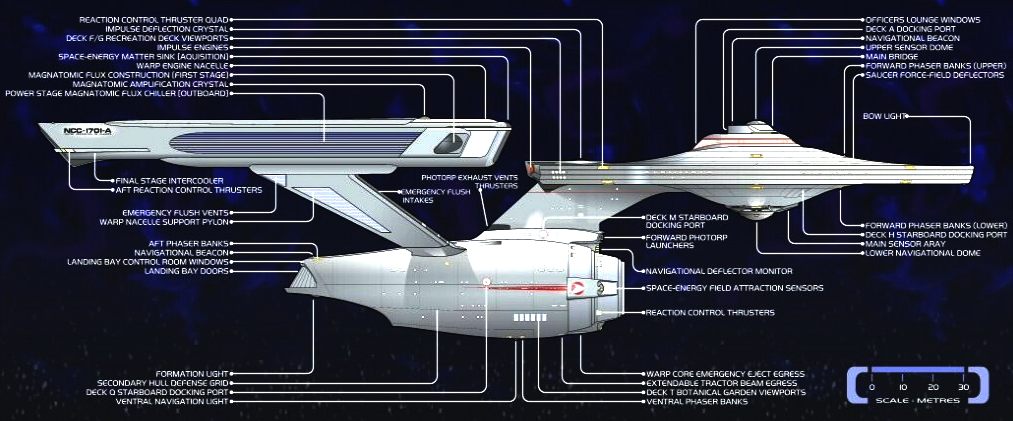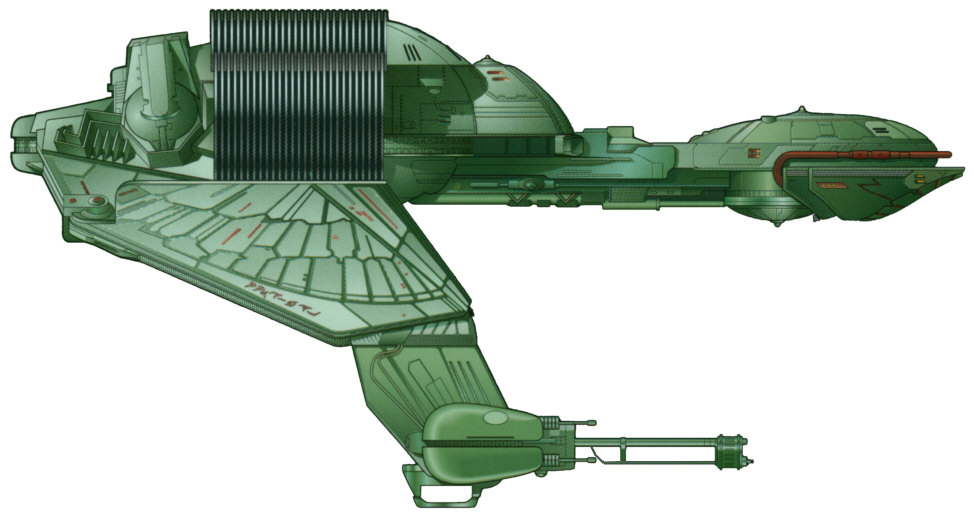|
RADAR GHOSTING STEALTH MODE
|
||||||||||||||||||||||||||||||||||||
|
Is there any advantage to being invisible on radar?
Not for most of us, but sometimes, such as in times of war, peaceful mercy missions, avoiding Somali pirates, or just to be sneaky, being undetected would be an advantage. Otherwise, and to avoid collisions at sea, the ability to be visible on another ship's radar would be a distinct advantage and is in fact a collision avoidance (COLREGS) requirement.
The all new SolarNavigator is the first solar powered boat to feature stealth mode capability. The active design of the hull, combined with wings that move to track the sun, allows this robot boat to cloak itself. Finally, the fictional element of the Klingon 'Bird of Prey', in-part becomes a reality. Most warships that are designed for stealth, have fixed hull designs, with steep angles and a special covering to absorb radio waves. SolarNavigator also has wind turbines on a boom that lowers in storm conditions - and the turbines fold to present less surface area to high speed winds.
The unique combination of folding parts and floodable tanks, is another aspect to the active hull - making this boat a virtual acrobat by comparison to other boats. In addition, the boat can almost completely lower itself onto the sea surface to cope with tropical revolving storms, reducing further the hull area that an enemy radar might pick up on and increasing the survivability factor of the hull tenfold - which robots need, without humans to wet nurse them. The Solarnavigator thus has its fair share of pumps on board, to allow seawater ingress and expulsion. In a submarine this is achieved with compressed air. Balance is achieved without the need for the fins used in conventional SWATH hulls. Read more about this versatility in the Active Hull section.
Klingon
Starship - Bird of Prey classes
The Star Ship Enterprise - a fictional craft with energy force-field shields
The Klingon Bird of Prey - a fictional craft with cloaking
2. BRUCE THE AUTOPILOT & A BIT MORE 3. STAR WARS - DRONE SATELLITE REMOTE CONTROL, MANUAL OVERRIDE 4. HAL COMPUTER HARDWARE 6. THE EYES AND EARS - HAWKEYE 7. SELF DEFENCE - SCORPION 8. CAPTAIN NEMO - AI ROBOT 9. LOCAL NAVIGATION EVENT 10. INTERMEDIATE CIRCUMNAVIGATION 11. THE AUTONOMOUS CIRCUMNAVIGATION
|
||||||||||||||||||||||||||||||||||||
|
This website is copyright © 2013 Electrick Publications. All rights reserved. The bird logo and names Solar Navigator and Blueplanet Ecostar are trademarks ™. The Blueplanet vehicle configuration is registered ®. All other trademarks hereby acknowledged and please note that this project should not be confused with the Australian: 'World Solar Challenge'™which is a superb road vehicle endurance race from Darwin to Adelaide. Max Energy Limited is an educational charity working hard to promote world peace.
|


